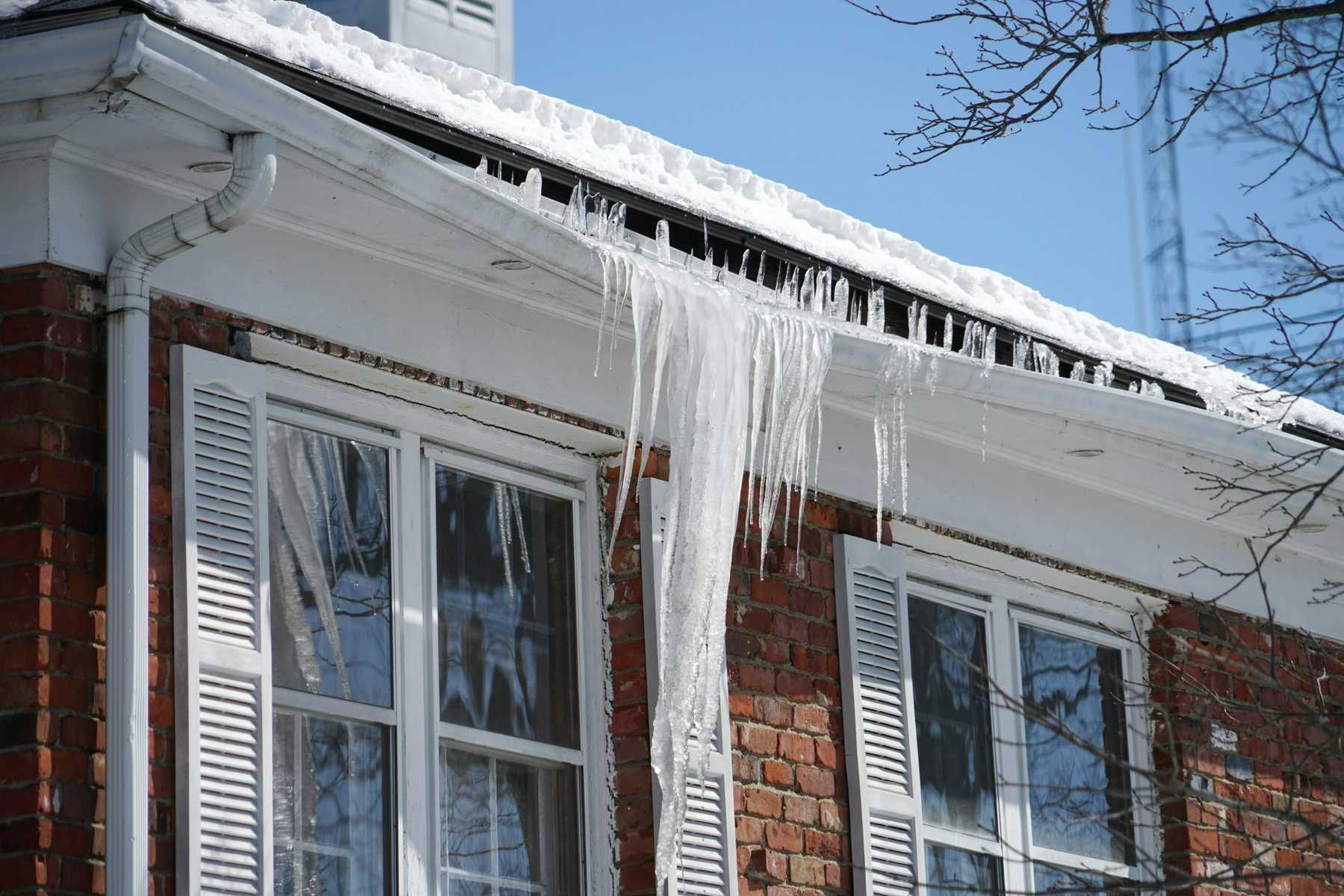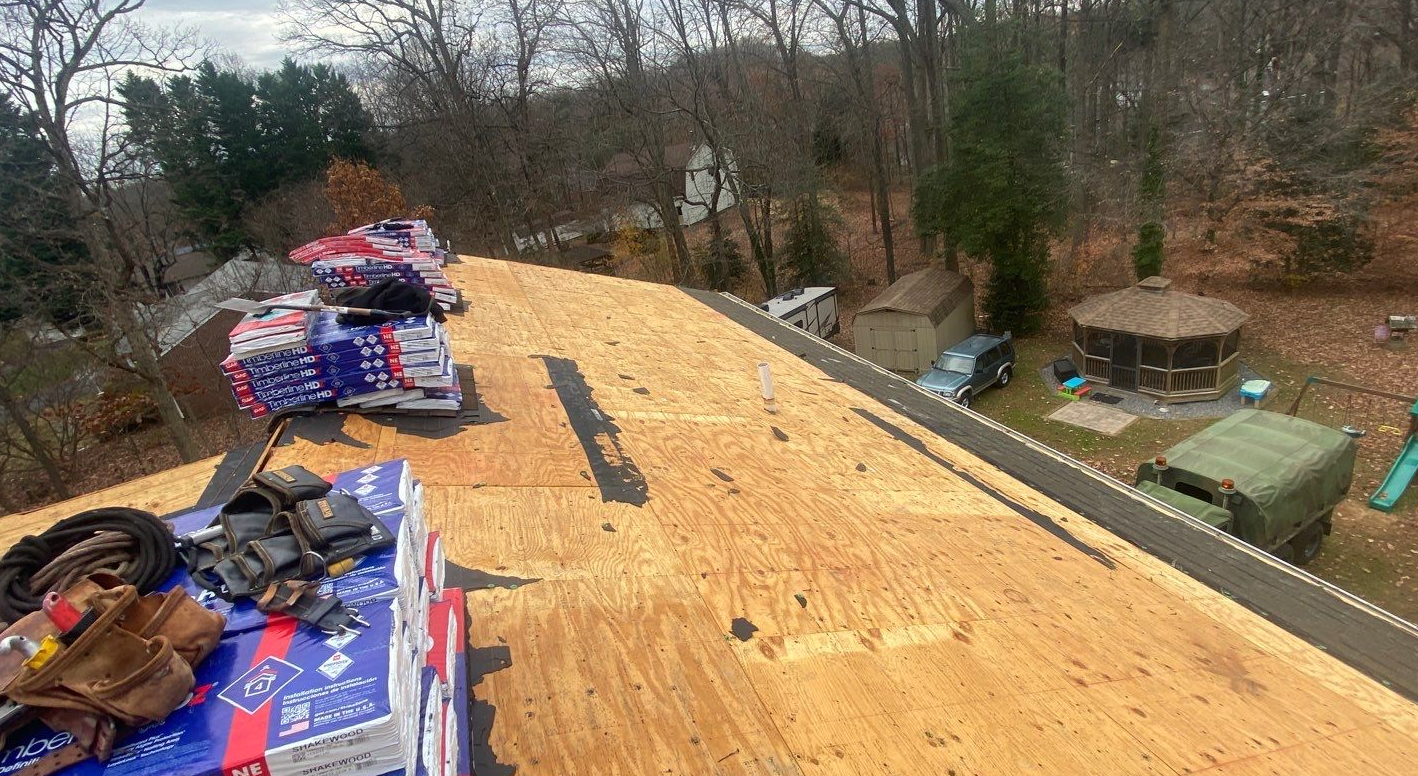According to the Insurance Information Institute, last year’s winter storms caused $15 billion worth of damage, the highest recorded cost in history.
Most of this damage resulted from roofs succumbing to extreme weather and excess water due to increasing global warming. In this context, are you wondering how you can protect your home from similar damages during the upcoming cold weather months?
Keep reading to discover the ultimate list of roof repair & maintenance tips to see you through the winter.
Hire an Expert for Roof Repair & Maintenance
The most important roofing tip is to hire a professional to carry out all roof repair & maintenance tasks.
Roofing is one of the most hazardous professions in the United States, with 300 to 400 workers falling to their deaths every year. This statistic alone is a good enough reason for you to avoid attempting roof maintenance yourself.
Apart from the risk involved, inexpert repairs can quickly lead to more serious roofing problems, expensive repairs, or a roof replacement.
Qualified and experienced roofers will identify potential issues and address them before they become serious issues that could threaten your family’s safety.
They will address all the tasks below quickly and efficiently to ensure your roof can stand up to the winter weather onslaught.
Arrange for a Roof Inspection
Ideally, you should arrange your pre-winter roof inspection in the fall, but a roof inspection is the first step for roof maintenance at any time of the year.
During this exercise, the roofing company will assess your overall roof condition and recommend measures to safeguard it from the winter weather.
Fix Flashing First
Even the best flashing will become loose or warped over the years, resulting in moisture build-up and leaks. These are the things that can go wrong with flashing:
Degraded Caulk
Roof installers seal the roof edges with caulk as a waterproofing measure. Over time the caulk degrades, resulting in cracks, peeling, missing beads, and pitted spots.
The only remedy is to peel off the old caulk and apply a new layer.
Cracks and Breaks
Aluminum is the main material used to produce flashing. That’s because this lightweight material doesn’t rust or contribute much to your roof’s weight.
Since it’s not as durable as steel, aluminum may crack or break in time. You’ll need to replace these damaged or missing sections.
Loose Fasteners
Screws and nails hold your flashing in place. These fasteners ultimately become loose due to temperature-related expansion and contraction of the flashing.
Address Sagging Roofs
Sags and dips in your roof can easily go undetected as they develop gradually over time. Walk around your home and pay attention to any dips, bumps, or uneven lines.
Climb into your attic and see if you can notice the roof sagging inward in places. Does your ceiling seem to dip in places?
All these quirks indicate weakness in your roof and can indicate structural damage. You must arrange a roof and roof frame inspection as soon as you notice sagging, as it can indicate that your roof’s about to collapse.
Adding the weight of snow to a structure that’s already weakened, can spell disaster in the winter months, especially since snow can absorb excess moisture and increase the weight on your roof even more.
Deal With Ice Dams Quickly
During freezing weather, ice accumulates quickly in your gutters, so it’s vital to check them regularly for ice dams during the winter.
Gutters become weak under the weight of this snow and ice and may tear away from your home, resulting in structural damage and expensive repairs.
It’s easy to detect ice dams. They usually result in icicles dangling over the edge of your gutters.
Getting rid of all ice dams as soon as you notice them is key to keeping your gutters strong and working properly.
The safest way to do this is by hiring a roofer to clear them. You should never try to clear ice dams manually using garden tools or chemicals, you will damage your gutters.
Poor insulation in your attic is one of the primary causes of ice dams in your gutters. One of the most obvious signs of this is if your home is the only one on the block without snow on its roof after a storm.
Insufficient insulation means the ambient heat from your home causes snow to melt on impact and run down your roof. Once it reaches the gutters, it’s exposed to the cold again and freezes, causing an ice dam.
Ask your roofer to recommend better insulation to prevent your home’s heat from reaching your shingles and causing havoc.
Heat Cable Benefits
Installing a heat cable can reduce the incidence of ice dams forming on your roof. These insulated cords lie inside the gutter and generate heat to warm the gutter using electricity.
Some heat cables automatically spring into action when temperatures plummet. Usually, homeowners need to remember to switch them on when snow is likely, or after a major storm.
It’s important to note that heat cables melt the snow very gradually, so they aren’t completely effective at preventing the damage caused by heavy snowfall.
Heat cables work best when there is a snow guard installed on the roof, and they aren’t a good choice for protecting metal roofs from ice dams.
Repair Wind Damage
During the winter, wind can cause more roof damage than snow and ice at times. Check your roof for signs of wind damage after every storm. This may include broken, loose, or missing roofing materials.
Ask your roofer to address any signs of damage immediately to avoid leaks and the resulting growth of bacteria, mildew, and mold.
Water and wind damage are the most common causes of roof collapse, so you should view these damages as an emergency repair.
Remove Debris and Snow After a Storm
Autumn leaves, pine needles, and grime accumulate on your roof quickly during the fall, so make sure you clear your downspouts, gutters, and flashing before winter.
This can minimize the impact of a storm by allowing water to flow off your roof.
When a winter storm does roll around, always check for twigs and branches on your roof afterward. These can conceal damages incurred during the storm or block your gutters.
For safety’s sake, get a garden services company to trim back any trees close to your house. This limits the chances that wind may blow branches onto your roof.
If you have any old dead trees nearby, get them removed before the winter winds blow them onto your home or over your neighbor’s fence.
Snow on a rooftop might look pretty, but it can cause devastation if it stays on your roof for too long. Ice and snow are heavy, and can infiltrate weak spots on your roof, resulting in major damage.
Melting snow and ice can also lead to ice dams when they re-freeze during a cold spell.
A roof maintenance team will remove all debris, snow, and ice from your roof quickly to help you avoid these damages.
Keep Tabs on Your Ceilings
Inspect your interior ceiling often during the winter months. Brown, gray, or yellow moisture marks indicated that there’s a leak somewhere in your roof.
If you don’t get a roof inspection done as soon as you notice these marks, you could end up with a major leak, expensive roof repairs, or mold growth inside your home.
To avoid serious health issues, you’ll need to replace any parts of the ceiling that develop mold, so it’s important to act speedily at the first sign of a leak.
Consider Roof Replacement
If your asphalt roof is approaching its twentieth year after installation, it’s a good idea to replace it before winter arrives. A new roof is better able to withstand extreme weather events, ensuring your family’s safety throughout the season.
The latest roofing systems offer enhanced protection, customizations, lengthy warranties, and extra value for your home.
Roof Repair & Maintenance For a Safe Winter
Ongoing inclement winter weather wreaks havoc across the US every year, so it’s essential to get expert help to safeguard your family from these extremes.
We can help you achieve this. Our services include all aspects of storm damage remediation, including replacing siding, gutters, and shingles.
Our team of experts is well-versed in dealing with the whims of insurance companies and will guide you every step of the way if you experience damage to your roof during winter.
Get in touch for assistance with your roof repair & maintenance needs, any time of year.
Contact Us
After starting his first business at age 26, Artie Hendricks partnered with his best friend Rob Calhan and they have assembled a team of skilled and conscientious friends to be the core of Landmark Roofing. He largely credits his father’s strong and consistent work ethic and his father’s best friend Jerry, who owns a construction company and trained him through his first building experiences. Artie has since advanced through degrees in architecture, auto-CAD and construction management to build a business that prides itself on the care it shows for its work and its customers’ satisfaction.






